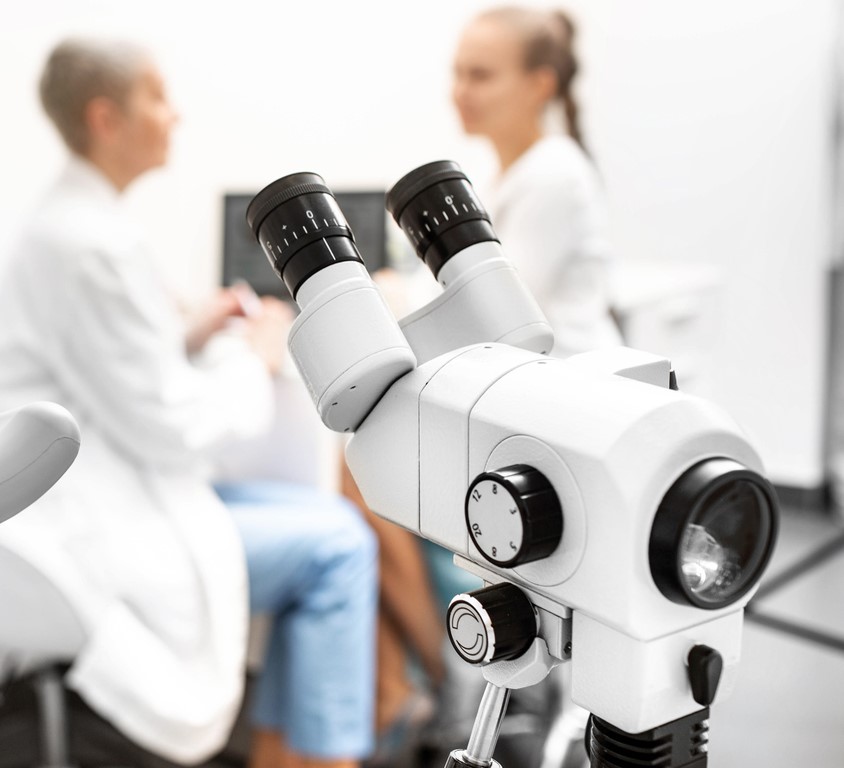COLPOSCOPY

After the Colposcopy
You may experience vaginal bleeding after the colposcopy, especially if the provider performs biopsies. If the liquid bandage solution is used, you may experience brown-yellow discharge that may resemble gauze, tissue, or coffee grounds. It is important to note that this type of discharge is normal and nothing is left in the vagina. The discharge will resolve in a few days. Any cramping experienced during the colposcopy will resolve in a couple of minutes. Most women can return to their normal activities immediately after the procedure.
Do not put anything in the vagina (creams, douches, tampons) and abstain from intercourse for 48 hours after the procedure.
If a biopsy is performed, the results are typically available ten to fourteen days following the procedure. Follow-up depends on the results of the biopsy. Most women can return for evaluation in four to six months. HPV is not a lifelong infection; usually, the virus is cleared by your immune system.
When to Seek Help After a Colposcopy
Call your clinician if you experience any of the following after the procedure:
•Heavy vaginal bleeding (soaking through a pad in an hour for two hours in a row)
•Vaginal bleeding for more than seven days
•A fever or chills
•Foul smelling vaginal discharge (keep in mind black/brown or coffee-ground discharge is normal for the first few days).
Colposcopy During Pregnancy
If you think you might be pregnant, notify your healthcare provider. Colposcopy is safe during pregnancy, but biopsies are usually not performed.
Additional Information
Please call our office if you have any questions about the procedure or your results. The American College for Colposcopy and Cervical Pathology (www.asccp.org) and the American Congress of Obstetrics and Gynecology (www.acog.org) may provide helpful information.
